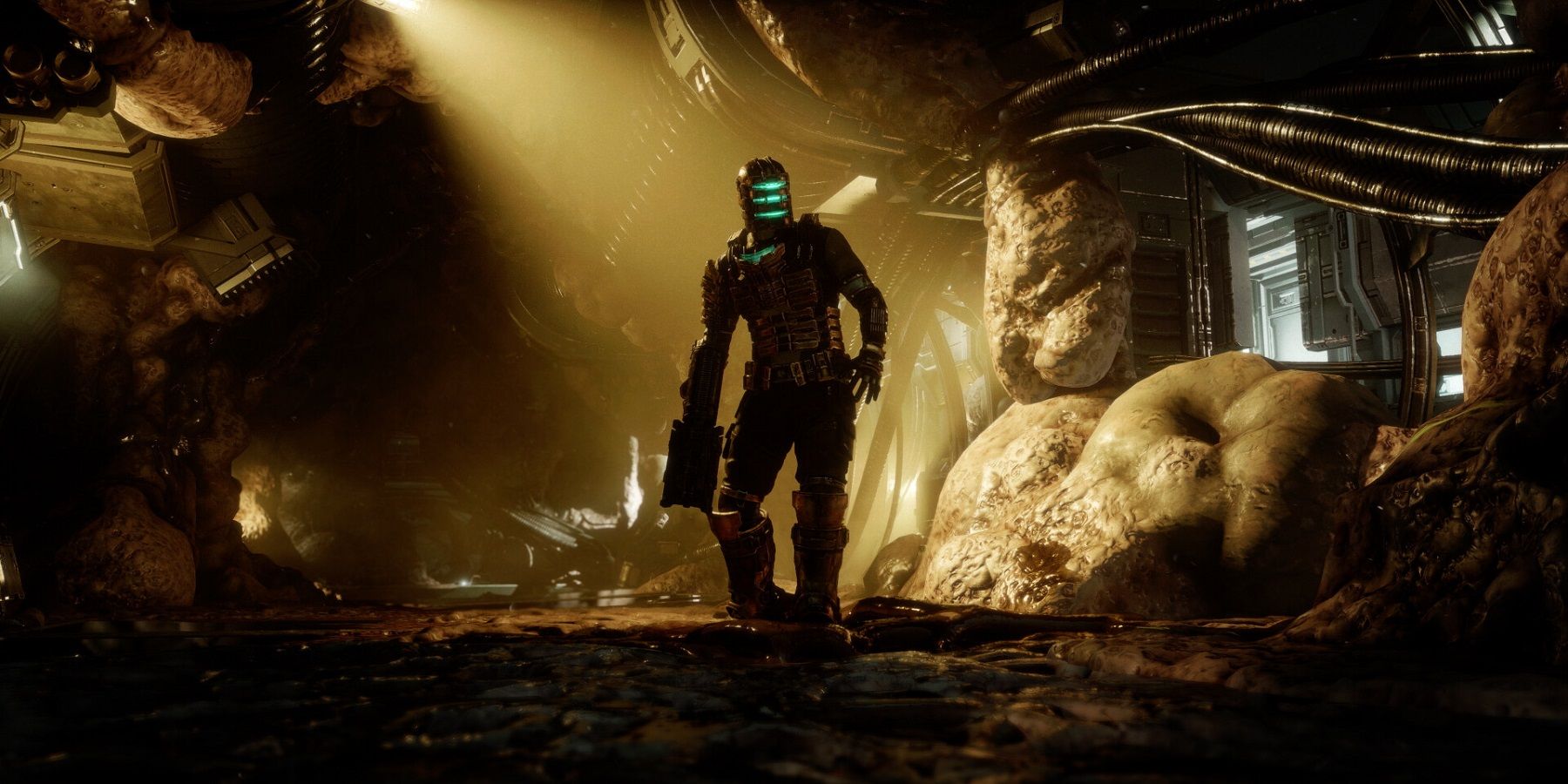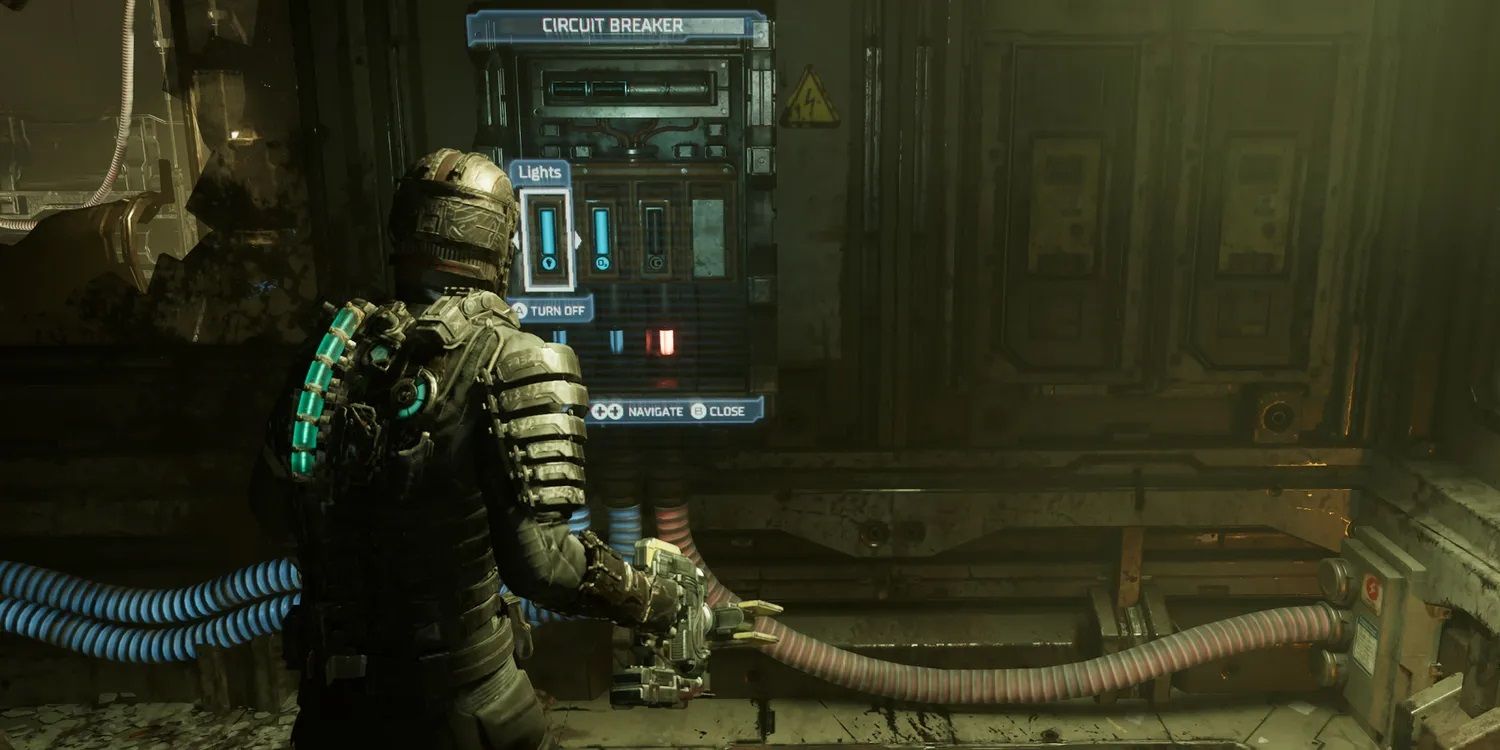
The Unforgettable Dead Space Mechanic that Redefined Horror

The Dead Space remake delivers chilling scares, but it's the unsettling player choice featured in this horror gem that has the potential to revolutionize future games in the genre
The Dead Space remake has captivated players by faithfully adapting Issac Clarke's harrowing journey through the USG Ishimura after a decade-long hiatus. While praised for major changes like voiced dialogue for Issac and an interconnected map in Dead Space, it is the more subtle changes that have the potential to become staples of the horror game genre.
One of the most notable changes is the ability for players to choose how certain set pieces play out, resulting in dramatically different experiences based on their decisions. Although this feature only appears a few times in Dead Space, it is executed so effectively that it showcases the potential for future horror games to implement similar mechanics.
Player Choice Can Add Tension to Horror
In chapter 3 of the Dead Space remake, players are faced with a significant decision on the ship's engineering deck. They must choose between disabling the oxygen in a room or turning off the lights to ensure enough power for the ship's engines. While the overall structure of this section remains unchanged, this choice has a profound impact on the tone of the gameplay.
If players decide to turn off the lights, the navigation becomes more deliberate, encouraging players to keep their weapon aimed forward to maintain the illumination of the flashlight. Despite this slight advantage, visibility becomes limited, forcing players to rely heavily on audio cues. This heightened sense of vulnerability creates a compelling and intense experience, particularly in the early stages of the game.
The dynamic changes if the oxygen is deactivated, as players can rely on nearby oxygen tanks to replenish their supplies when they run low. As a result, the section becomes more intense as players juggle between reaching the objective and fending off necromorphs. The darkness proves to be particularly effective, especially for less experienced players who feel vulnerable due to their limited weapons and defense. The inclusion of a small oxygen tank further heightens the sense of urgency in this situation.
Regardless of the chosen path, this section only lasts for a few minutes and is unique compared to the rest of the game. Dead Space skillfully creates an atmosphere where safe areas feel unsafe, and this particular moment exemplifies that by forcing players to make a difficult choice between two unfavorable options in an area that they had previously cleared out.
Giving players the uncomfortable choice of deciding what stressful situation to put themselves in can benefit future horror games in small but meaningful ways. The Dead Space remake innovates by having the pacing of the entire section change thanks to one decision. This variation is good because it allows individual games to stand out for how they implement decision-making. However, in the case of Resident Evil 2's Mr. X, both options result in a quick escape under ideal circumstances, making it a less impactful choice compared to Dead Space.
Developers should take inspiration from Dead Space's implementation of choice to enhance the replay value of horror games. By incorporating memorable moments where players are faced with important decisions, the game can create a lasting impact. Furthermore, developers can further enhance the disquieting feeling by permanently locking off certain areas based on the player's choices, effectively insinuating that they have made the wrong decision. This small but impactful feature in Dead Space demonstrates how the concept of choice can be used to manipulate and challenge players. Dead Space is currently accessible on PC, PS5, and Xbox Series X/S platforms.














